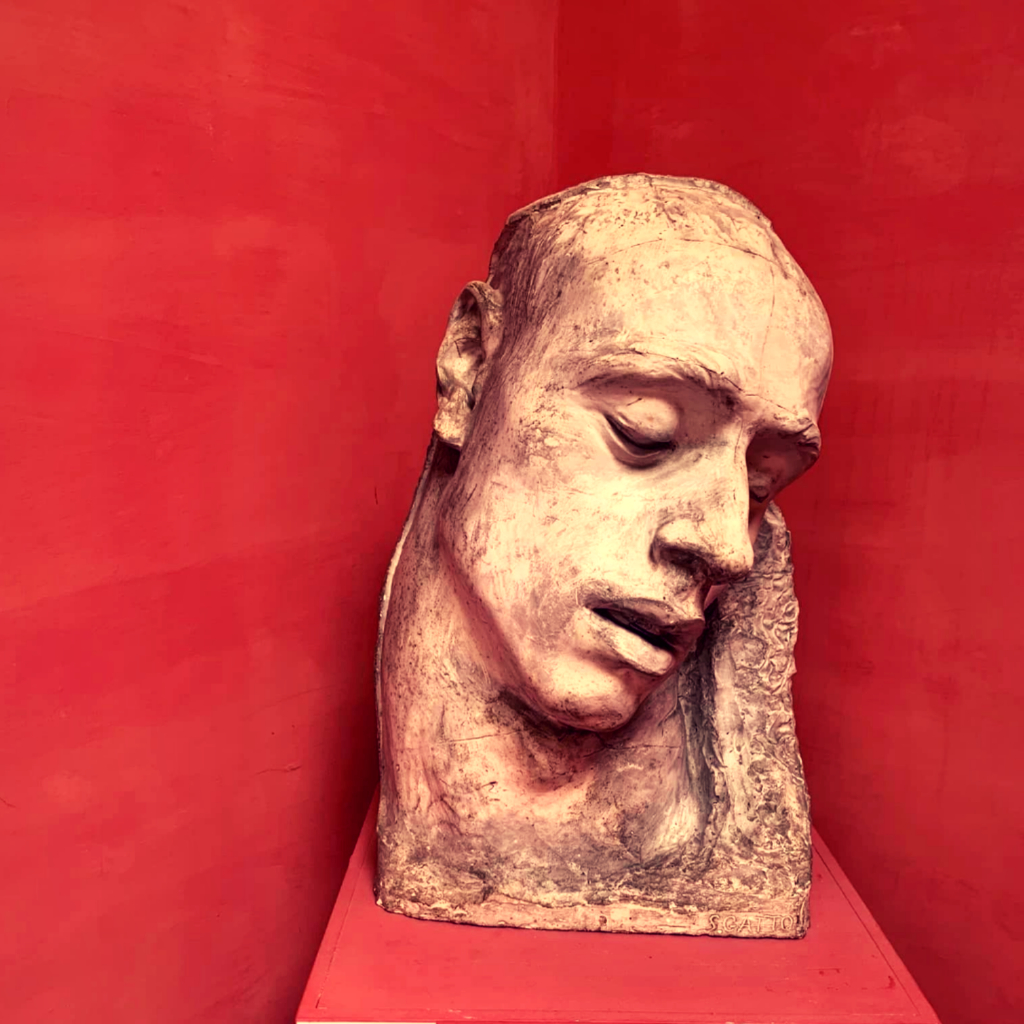Richard Wagner spent a lot of time in Italy and, like many other composers, found great inspiration here and enjoyed its many pleasures.
La Spezia on the Italian Riviera became the city where Wagner first heard the famous E-flat chord, which he developed, becoming the beginning of Dasrhe Ingold and, as a consequence, of the entire Der Ring des Nibelungen. He made many trips to Italy during his lifetime, dying in Venice in February 1883.
His last opera, Parsifal, had a very long history. In his memoir “Mein Leben”, he wrote that he had the idea to create an opera based on this story when he read it on Good Friday morning in 1857, staying at the house of Otto and Matilda Vesendonk in Zurich, who were his patrons, until Wagner became romantically attached to Matilda.
The character of Parsifal was mentioned in 1850, when the title character of Lohengrin says he is the son of Parsifal. Wagner probably read the story earlier because it was written by the real Wolfram von Eschenbach, a 13th-century minstrel who is a friend of Tannhauser in an opera with that name, the first version of which was performed in 1845. We know that Wagner began work on the libretto for Parsifal in 1865, but postponed it several times to work on other projects, especially Der Ring des Nibelungen. The libretto was completed in 1877.
Italy was significant in Parsifal. As is often the case, Wagner lacked money, but not arrogance. In this case, it was the hospitality of the Lanza family, under the name of the nobility in Sicily, who owned a vast amount of land (including an estate that still produces excellent wines Regaleali Tasca-Almerita).
The Lanzans had a palace in Mondello, a beautiful seaside town west of Palermo. Wagner and his wife Cosima remained there while he composed the music for Parsifal’s first act. A few years ago, I visited the family liquor store and met one of my daughters, Costanza, who is the keeper of the Wagner flame among the Lancai (although one of the brothers was also active as the head of the Italian Cultural Institute in New York). Costanza proudly showed me Parsifal’s score in the composer’s hand.
When I’m in Mondello, there is something in the soft waves that makes me hear music from the first act of the opera (which Wagner did not actually call opera, but ein Bühnenweihfestspiel is a theatrical work intended for the opening of Festspeielhaus at the famous Green Hill in Bayreuth). The film premiered on July 26, 1882.
Wagner must have struggled to find inspiration for Clingsor’s magical garden, where Flower Girl and Kundri tried to seduce Parsifal. All this is for naught, as a confused young man stands firm against their advances. It was only when Wagner arrived in Ravello, above the Amalfi coast, that he decided that the gardens of Villa Rupolo reminded him of what the Klingon garden looked like.
Wagner stayed at the villa to write the second act of his opera. Even now, the city is relatively quiet, with few tourists. It must have been a peaceful paradise in the late 1870s when he was here. Wagner would eat the finest mozzarella and tomatoes you can enjoy today. Ravello produces delicious Earth wine in white and red. Wagner undoubtedly fell under the “influence of the wine cup” as Henrik Ibsen described Ravello’s influence on him when he wrote “Per Gynt” there and Amalfi.
Ravello is far enough away from the Amalfi Coast tourist centre to find the necessary conditions for peace. The writer Gora Vidal lived here for decades and wrote most of his books here. Ravello’s sensory satisfaction must have had a powerful effect on Wagner’s creative juices.
The final act of Parsifal was written in Venice. This town has its own acoustics, but it must have shocked Wagner in terms of the sound of this place, especially after the silence of Mondello and Ravello. In Venice, even in the most lively areas, the voices and sounds of human life are heard.
He pours water on the canal wall. It’s not that Venice is silent, but that they will inevitably hear everything that will be lost in a noisy city. Wagner would have had to shut down so much to achieve the otherworldly and deeply mystical music of Parsifal.
When it comes to any creative person, but especially Wagner, it’s not easy to gauge where he might have drawn inspiration from. But traveling in his footsteps and listening to the sound of trees, the splashing of water on the beaches, and eating the same food he knew leads to a sense of the place as he might have known them, and to a reflection on how genius works.


